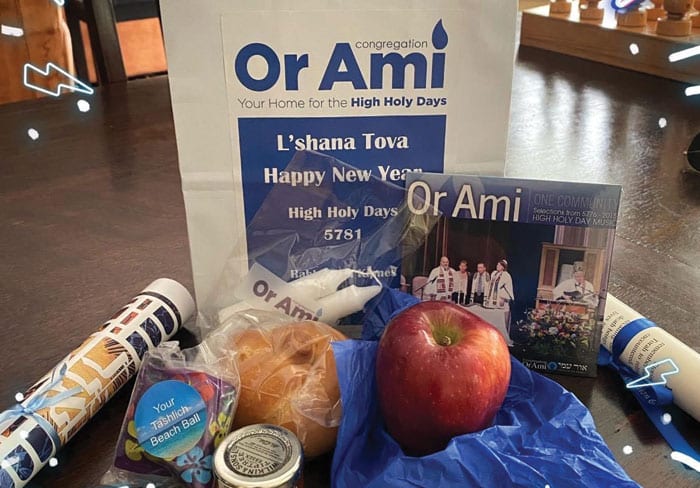
For the last several years, Congregation Or Ami in Calabasas has gone out of its way to bring connection to their community in these challenging — and, until recently, mostly virtual — times.
“When COVID first hit, we had a lot of people in our community that we were not able to connect with,” Or Ami Vice President Susie Gruber told the Journal. “They were scared, they had medical issues, they were experiencing life-changing events. Everybody knew that the synagogue was open to them, [but] because of COVID, that physical structure wasn’t there for people.”
A few months into the pandemic, Gruber and others from the synagogue started delivering Shabbat candles and a note to members’ homes.
“I’d ring the doorbell with my Or Ami mask on, and people were just so overwhelmed and touched that our community was reaching out to them, not on the telephone and not by email, but in person. It was so impactful for so many people to really feel the connections.”
When the High Holy Days were coming back in 2020, Gruber wanted to find an innovative way to bring people together. So she founded Or Ami’s High Holy Essentials Gift Bag project.
“We wanted the community to share the joy of Rosh Hashanah … and to be grateful that we still have each other, even though we couldn’t physically touch each other,” she said.
Rather than deliver these care packages to their members’ homes, they decided to have people come to them. They hosted a festive drive-thru in the parking lot.
“We had our song leaders dressed up in costume, we had car games, we had gifts, we had clergy there and people felt safe,” Gruber said. “They stayed in their cars. We stayed at a distance.”
It was such a huge success, they did it for Hanukkah, Purim and Passover, and so on over the next two years.
“We just kept recreating and re-innovating and just building upon [it],” Gruber said.
Now, with the High Holy Days approaching, and a return to in-person High Holy Day services, Or Ami decided to keep the gift bag tradition alive.
Over the next week or so, they will be mailing out holiday essential packages to 500 members of their close and extended community. The purpose? To help get the new year off to a meaningful start.
“If you walk into the High Holy Days services, whether in person or online, you will have a meaningful, powerful, musical experience.”
– Or Ami Rabbi Paul Kipnes
“If you walk into the High Holy Days services, whether in-person or online, you will have a meaningful, powerful, musical experience,” Or Ami Rabbi Paul Kipnes told the Journal. “If you prepare, it will be deeper and more transformational for you.These gift bags help people begin the process.”
This years’ holiday essential packages include a loving note from the rabbis, a honey jar, a Shana Tova apple corer and an Artful Shiviti by artist Isaac Brynjegard-Bialik to put up on the eastern wall of the home and create a sacred space. There’s also a High Holy Days supplement available online with all the prayers, songs and exercises for preparing the home.
“The idea is we touch people when they come to us, but we also have to touch them spiritually and holiday-wise wherever they are,” Kipnes said.
According to the rabbi, preparing for the High Holy Days is like going to the gym or taking practice runs before you do the marathon.
“The more you do, the more prepared you are, the better the experience will be,” he said. “The more people think and reflect on the High Holy Days, the better prepared they are to have the experience lift them up and change them.”
In addition to congregants, bags are sent to college students and young adults (18-25) away from home. They are also sent to people who have moved away and stayed in touch and Ori Ami neighbors (distance partners) throughout the United States, including people in New York, Hawaii, Arizona, Texas and other parts of California.
“The purpose [of the bags] originally was lifting people’s spirits, letting everyone know how much we miss seeing them and how much we want to still celebrate together,” Gruber said. “We wanted to bring some joy into people’s lives and to their families, and to [let them] know that their synagogue is here for them, always.”
This year, Or Ami looks forward to seeing about 65% of their congregation in person for High Holy Day services at Fred Kavli Theatre at the Bank of America Performing Arts Center in Thousand Oaks. They will also have a significant worldwide, online audience; Or Ami has been live streaming their services for about a decade.
In anticipation, Kipnes said he is overjoyed, overwhelmed and excited.
“I’m nervous about preaching to and inspiring two crowds simultaneously: those in the sanctuary and those streaming from all over the world,” he said. “I miss people. I’m so excited that so many of us are going to be back.”
Gruber said there’s familiarity in being back in person with her clergy and community during the High Holy Days.
“It just provides so much comfort,” she said. “It makes the happy times even happier and helps us on Yom Kippur get through some of the rough times. With our community, doing things online, whether by Zoom or livestream, it doesn’t replace being together. It doesn’t replace the physical contact, and I think the world needs it.” ■
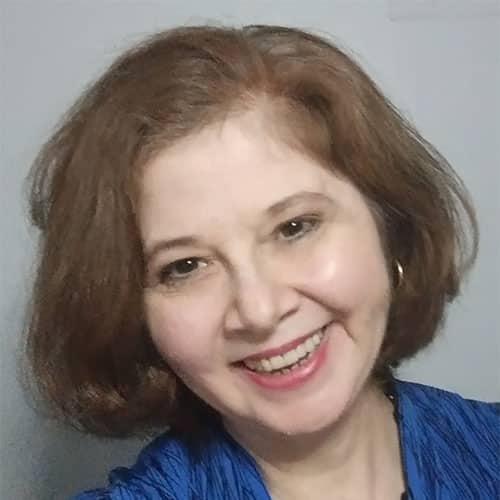








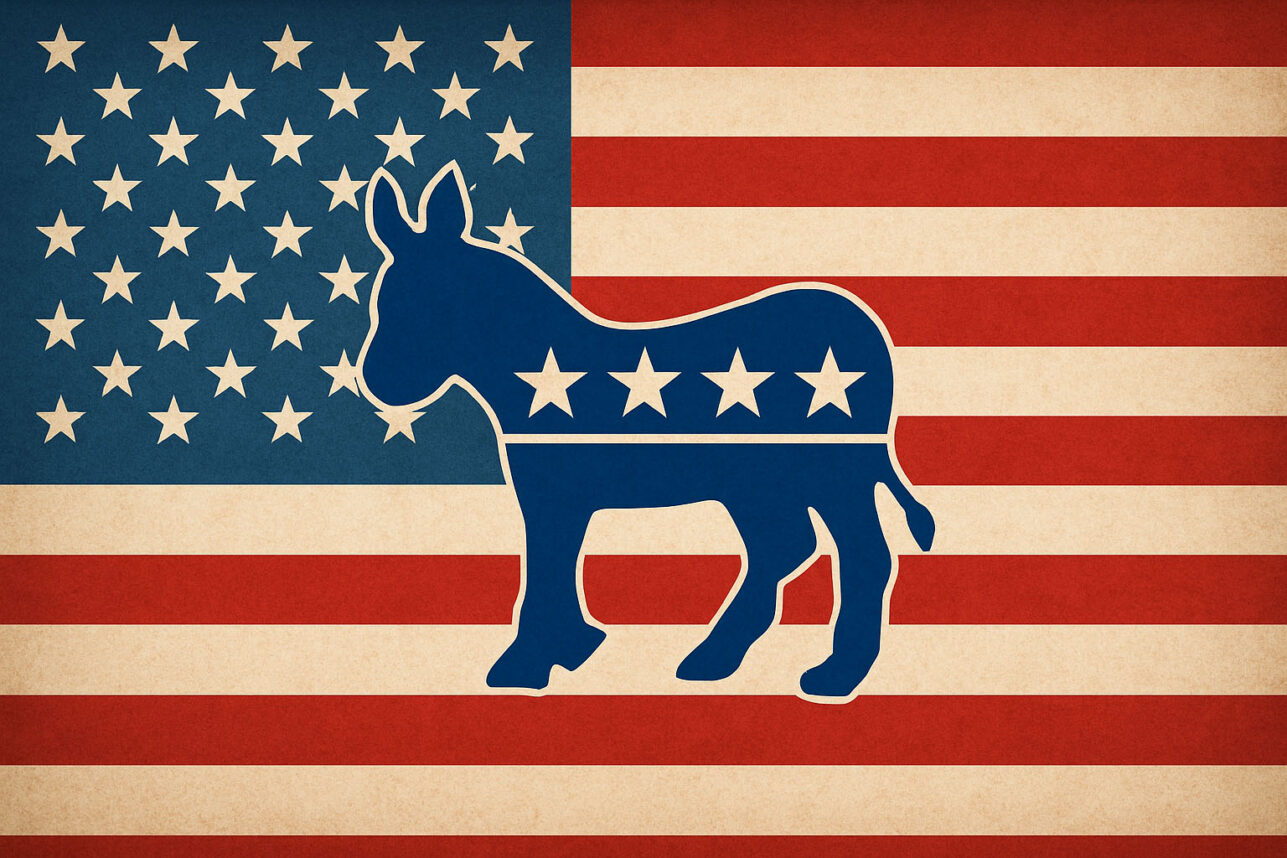
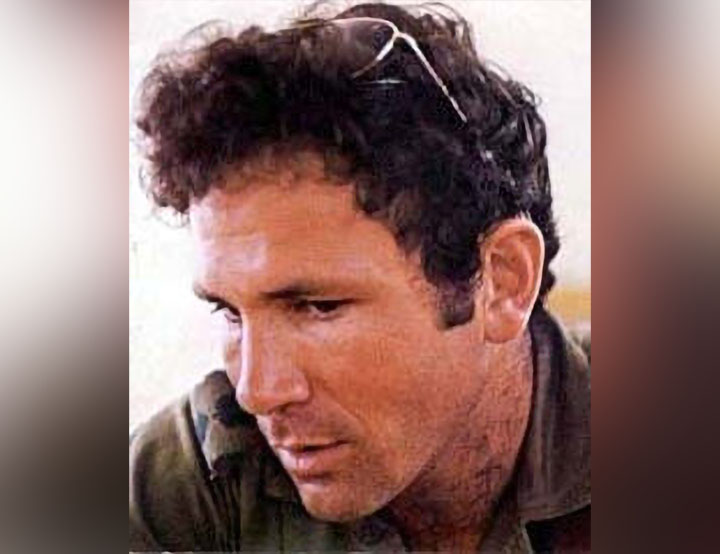
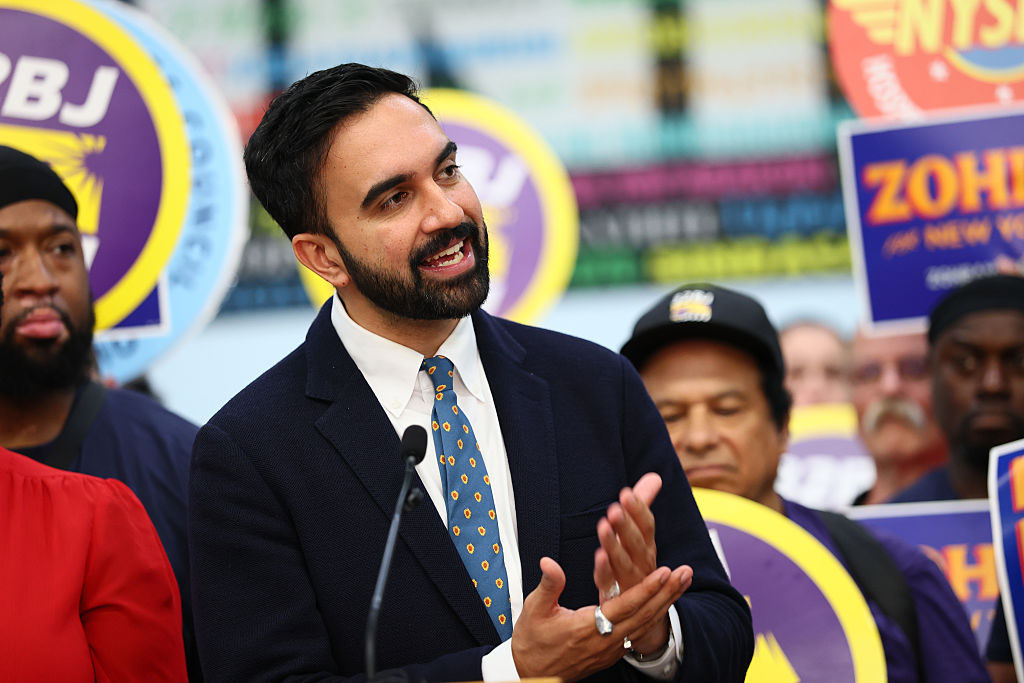
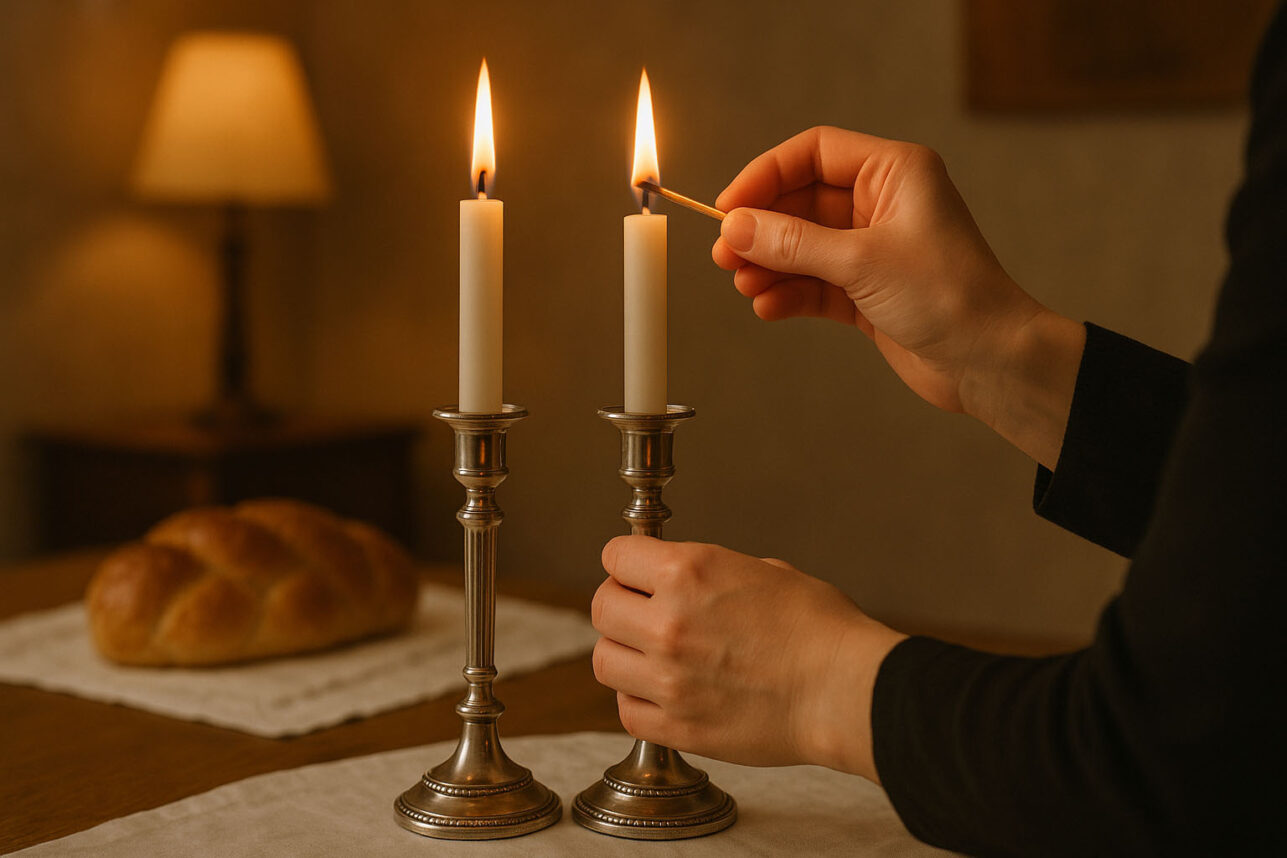






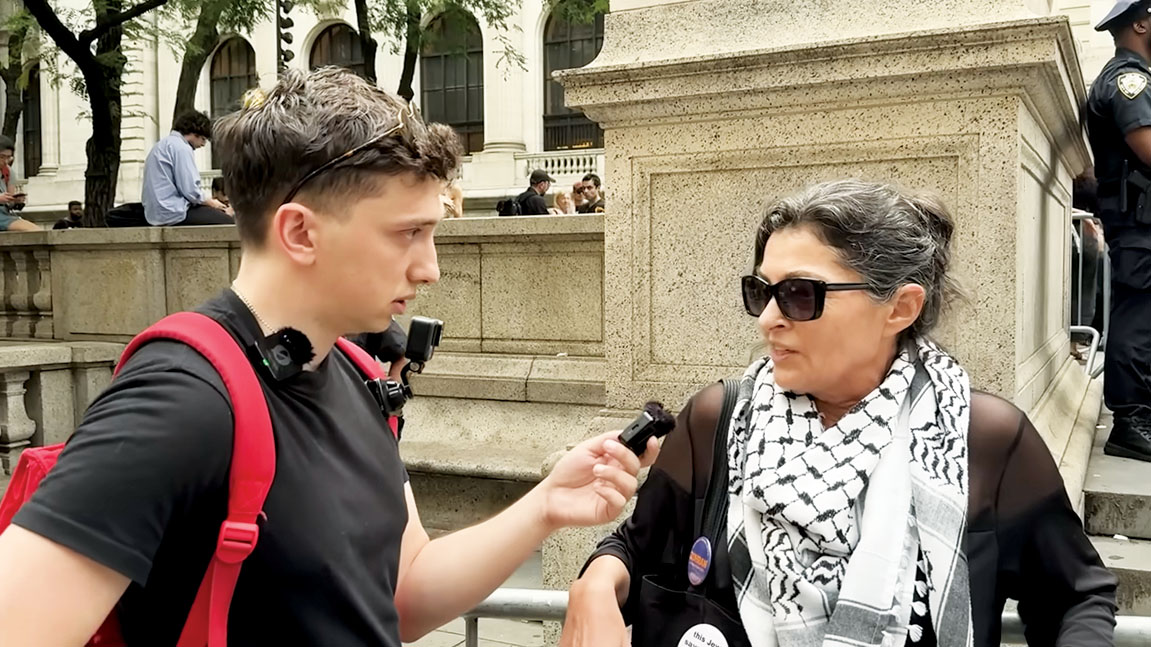
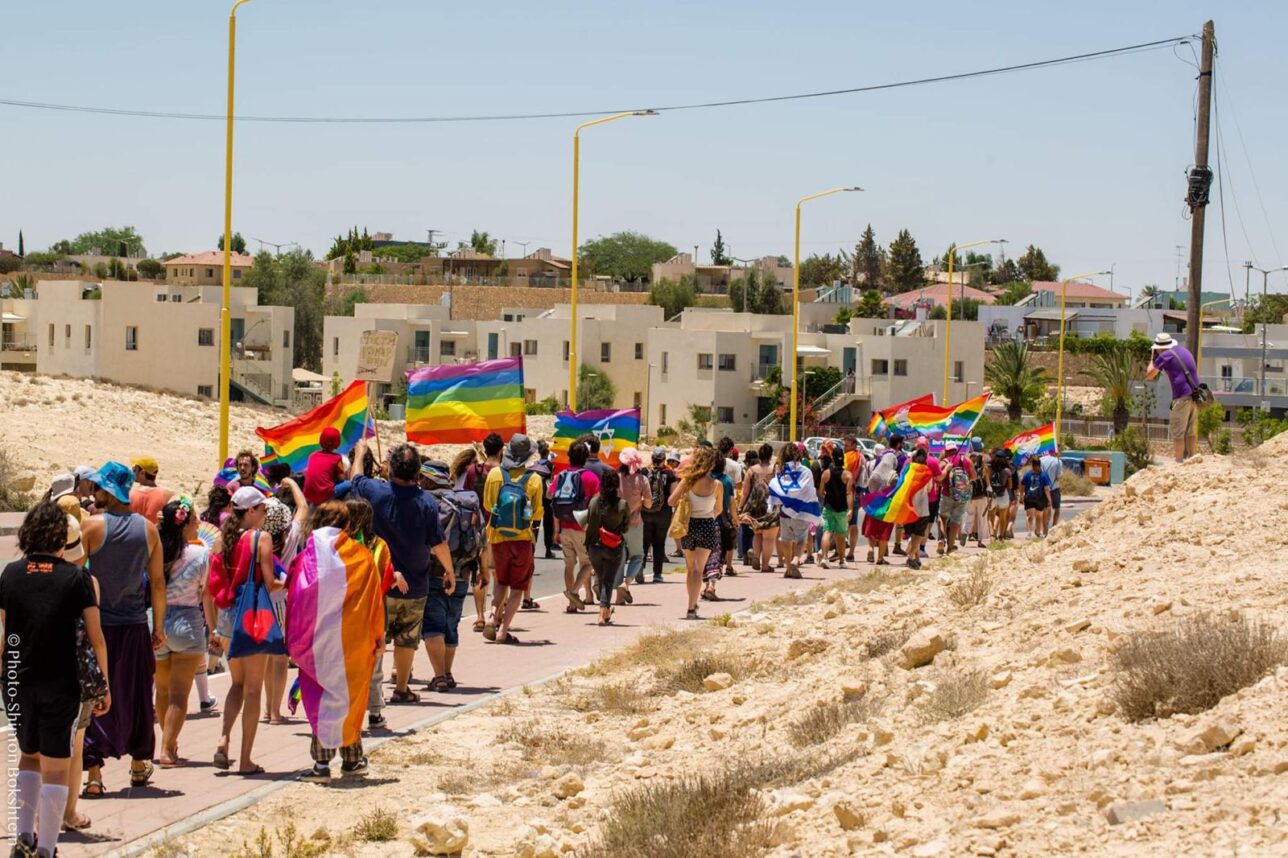

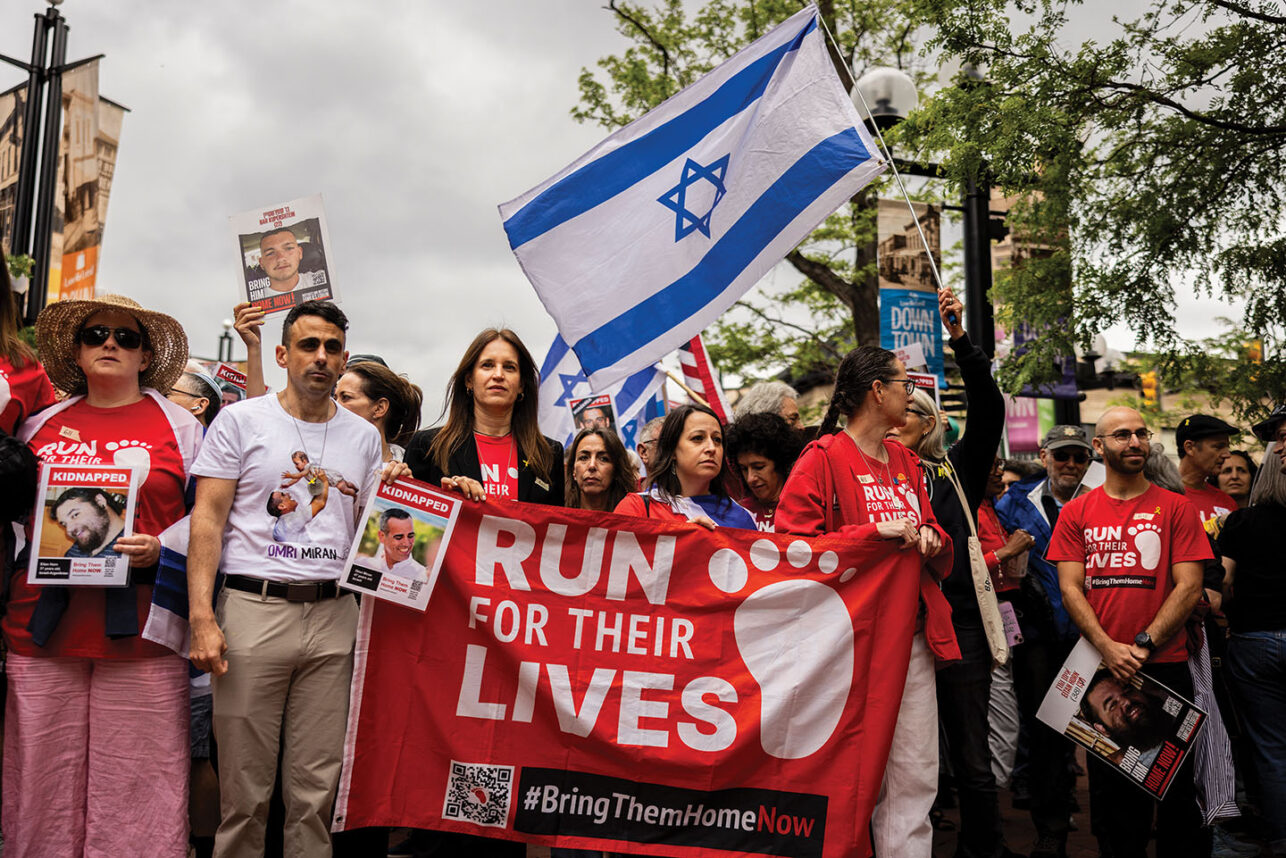

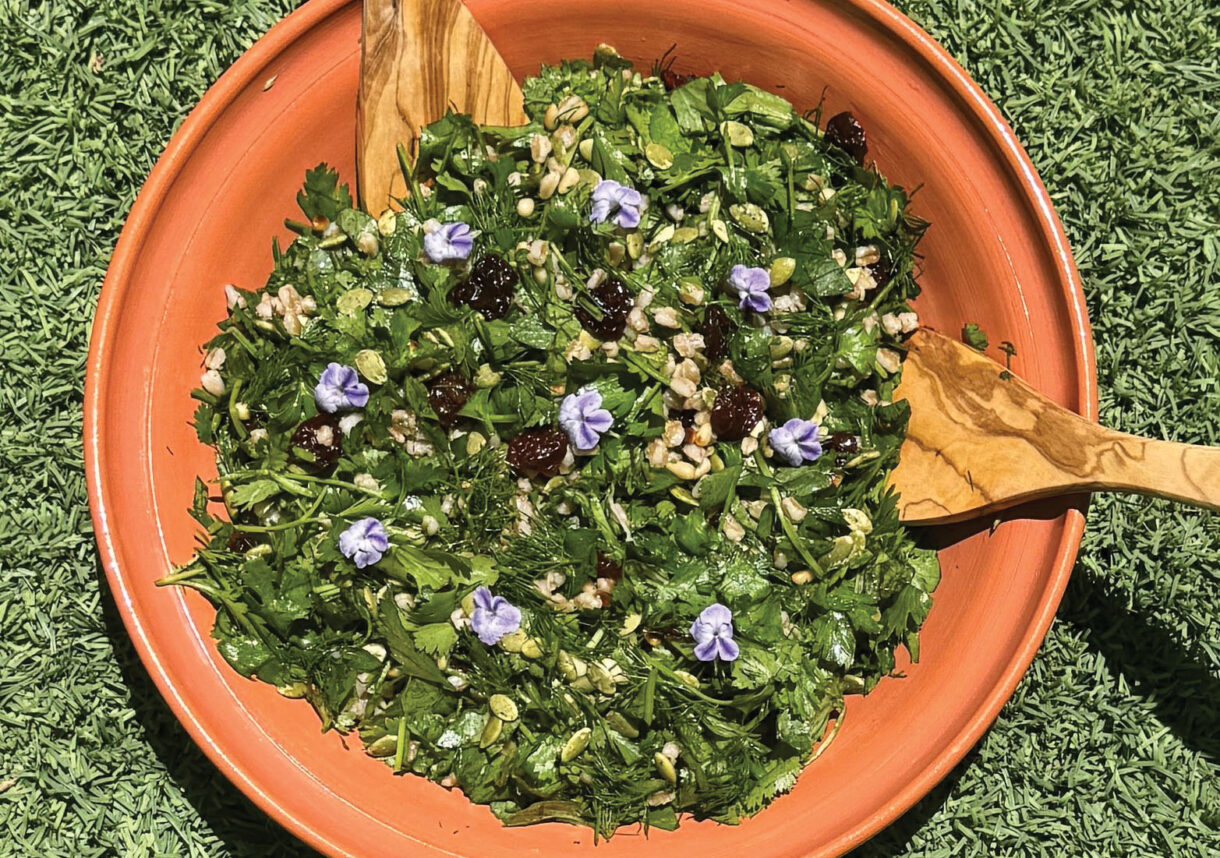
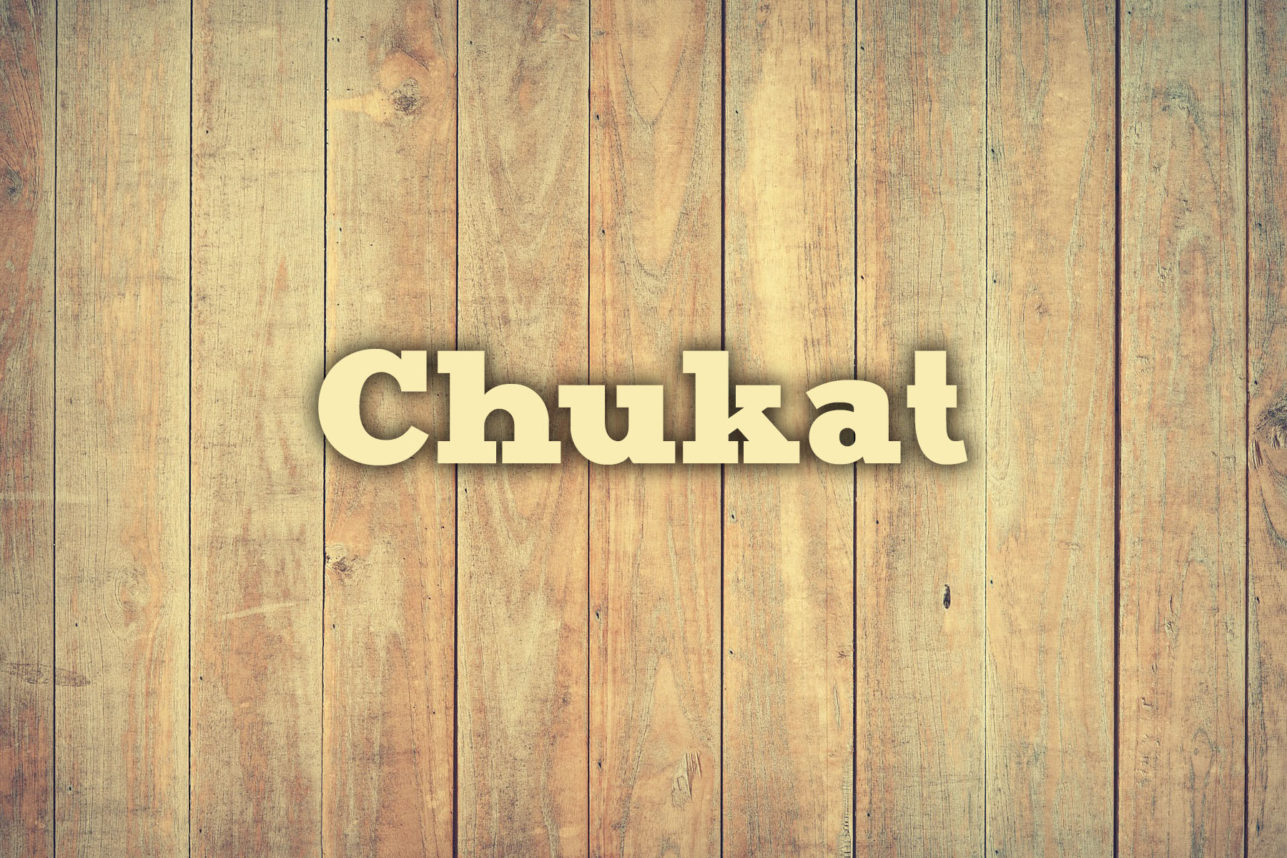
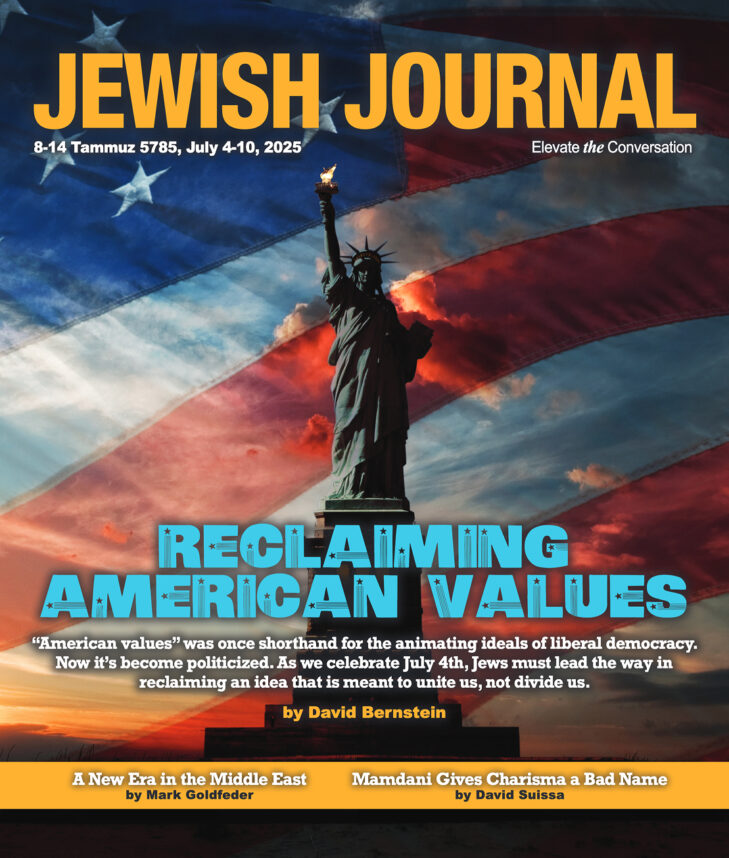
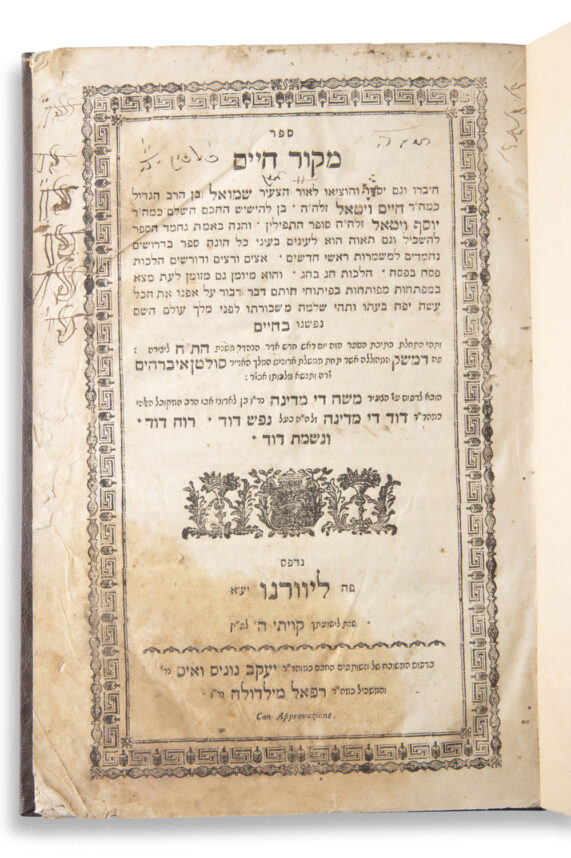




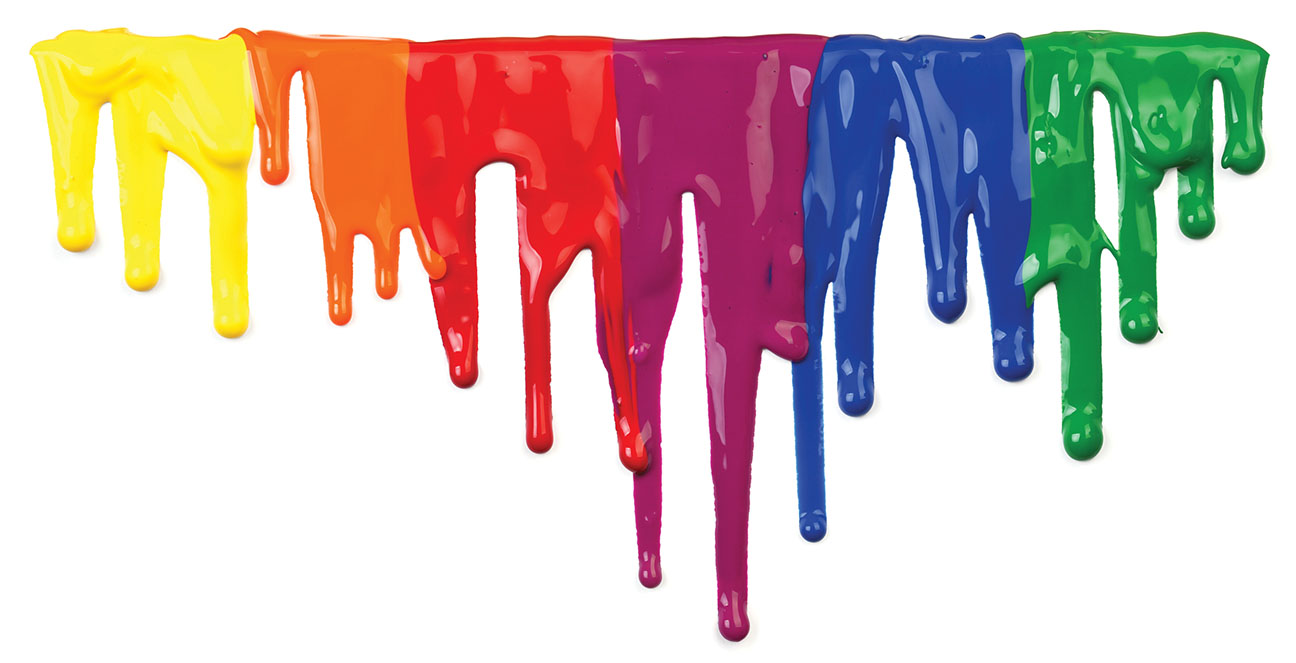

 More news and opinions than at a Shabbat dinner, right in your inbox.
More news and opinions than at a Shabbat dinner, right in your inbox.